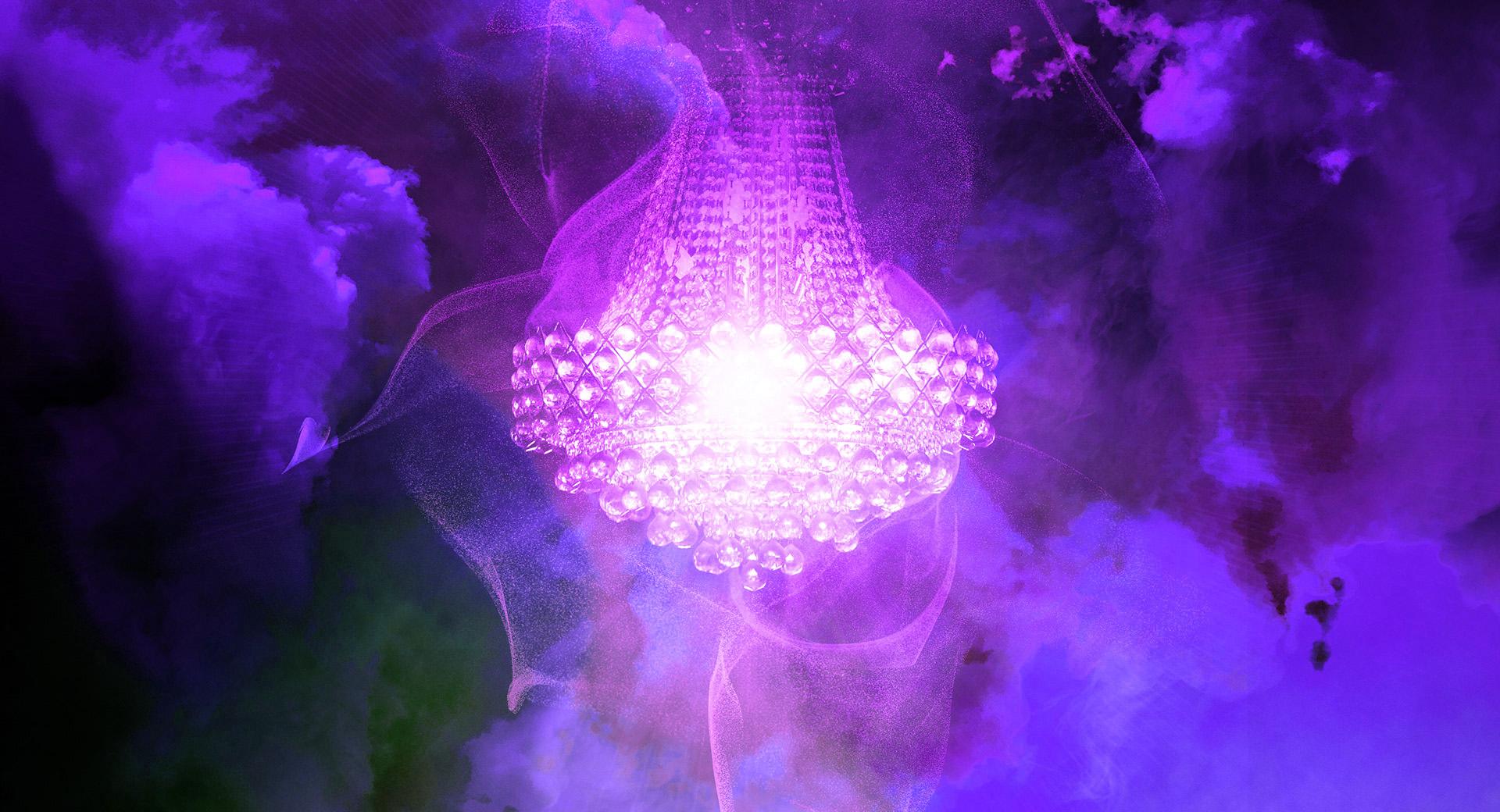Beethoven, Shostakovich & Gubaidulina
Concertmaster Malin Broman and a string ensemble from the Swedish Radio Symphony Orchestra perform works that make the most of a smaller format. Chamber music lets many composers test and explore ideas easier than in extensive works for large ensembles. Also, adapting ideas from larger works into smaller ones may give them room to stand out or develop even more clearly.
This production is part of one or more concert series.

The concert was given on Friday 17th of April 2020 in an empty Berwaldhallen concert hall. Reexperience the concert 30 days afterwards on Berwaldhallen Play and at Swedish Radio P2.
”This quartet is written for a small circle of connoisseurs and is never to be performed in public.” Thus wrote Ludwig van Beethoven to English musician George Smart about his eleventh string quartet, also known as “Quartetto Serioso” which Beethoven wrote at the beginning of the score. The quartet is experimental, exciting, often tempestuous and might well have been a touch too demanding to the common audience of the early 19th century.
The first movement immediately throws the listener into the deep end with a rapidly moving motif. The movement is written in sonata form, which it moves through at breakneck speed, lasting about four minutes. Its secondary theme is calmer, but the stressful mood is constantly boiling underneath. The second movement is much slower, a breather of sorts with Mozart-like melody writing, before the tempo is raised once more in the third movement that alternates between scherzo and trio sections. The third and final scherzo section is faster still, only for the fourth movement to slam the breaks in the outset. In the fourth movement, Beethoven mixes two classical forms: the construction of a rondo is mixed with the harmonic structure of the sonata form. The otherwise serious quartet wraps up with an unexpected, perky and lively coda in F major.
Dmitry Shostakovich joined the Communist Party of the Soviet Union in 1960. Whether he did so of his own volition or by force is not clear. Shostakovich’s son has recalled that the event brought his father to tears and later told his wife that he had been blackmailed. Officially, the government wanted to appoint Shostakovich General Secretary of the Composers’ Union, but first he had to attain Party membership.
Shortly after joining the Party, Shostakovich wrote his eighth string quartet in just three days. It was started June 12th and finished June 14th. The quartet, in Rudolf Barshai’s arrangement known as the Chamber Symphony in C minor, is in five movements and could almost be called a musical testimony, or perhaps a declaration of identity, as if Shostakovich wanted to tell the world “this is who I am, don’t believe what anybody else is saying”.
Throughout the work, Shostakovich uses the musical motif that is his signature: the notes D, E-flat, C and B (H), which correspond to “D. Sch.” He also quotes several of his own works: the first and fifth symphonies, the second piano trio and first cello concerto, a 19th century Russian revolutionary song and motifs from the controversial opera Lady Macbeth of the Mtsensk District, responsible for his first public denunciation by the Communist Party.
Sofia Gubaidulina claims she experiences a constant devotion to fellow composers Johann Sebastian Bach and Anton Webern. To Gubaidulina, music was a way to escape from the socio-political atmosphere of Soviet Russia. She was encouraged by Shostakovich when others called her experimental and curious music “irresponsible”. She associates music with a spiritual longing and striving toward humanity’s true being.
This meditation was written for the Bach Society of Bremen in 1993. The chorale, or rather, the chorale prelude she has based her work on is said to have been dictated orally by Bach from his deathbed. Carl Philipp Emanuel added it as a kind of appendix when he had Die Kunst der Fuge published posthumously. Like Bach himself, Gubaidulina has based her work on numerologic symbolism. She has based the length of sections in the meditation on numbers derived from the names BACH, JESUS and SOFIA.
The music is evocative and haunting with an ever-present but intangible sense of dread. Partway through the approximately 12 minute long work comes a double bass solo that offers a more peaceful kind of sadness. This melancholy however grows into a profound exclamation, after which the chorale melody radiates above an anxious, descending harpsichord line that ultimately, in opaque chords, spells out a familiar name: B–A–C–H.
David Saulesco



